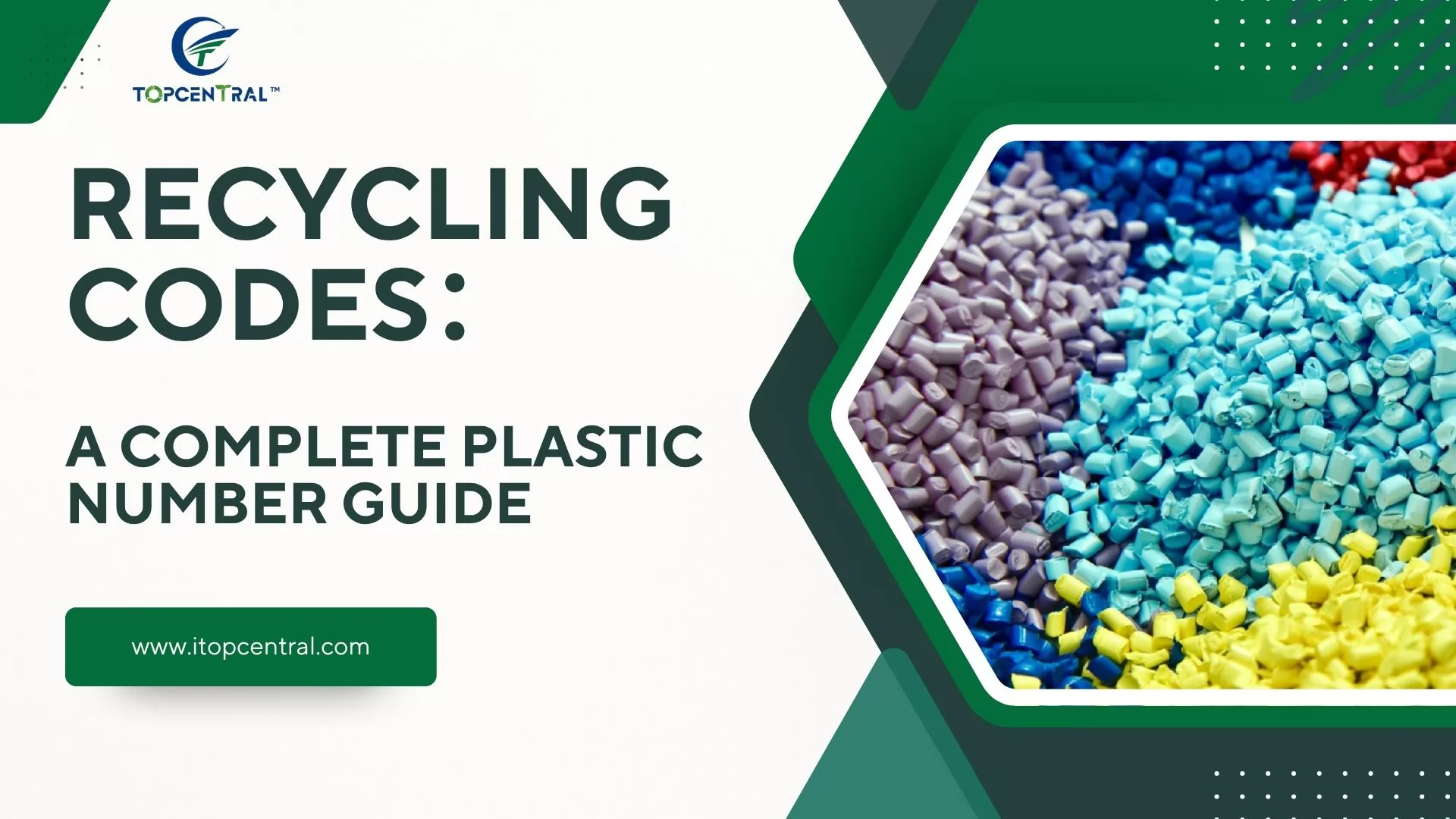
Plastics are everywhere—from your morning coffee cup to the packaging on your latest delivery. But have you ever noticed the small numbered triangle stamped on plastic items? These are recycling codes, and they hold essential clues about what kind of plastic you're dealing with, whether it's safe, and how (or if) it can be recycled. In this guide, we'll unravel the mystery of these numbers, helping you make smarter, greener choices.
Recycling codes are numerical identifiers—ranging from 1 to 7—found inside the triangular “chasing arrows” symbol on plastic items. These codes were introduced to help consumers, recyclers, and manufacturers easily distinguish between different types of plastic resins.
In 1988, the Society of the Plastics Industry (SPI) created the Resin Identification Code (RIC) system to improve recycling and reduce contamination in waste streams. It was never meant to indicate recyclability but rather to identify the type of plastic resin used in the product.
Each number in the RIC corresponds to a specific plastic polymer. Here's a quick overview:
|
Code |
Plastic Type |
Common Use |
|---|---|---|
|
1 |
PET or PETE |
Water bottles, food containers |
|
2 |
HDPE |
Milk jugs, detergent bottles |
|
3 |
PVC |
Pipes, vinyl flooring |
|
4 |
LDPE |
Plastic bags, six-pack rings |
|
5 |
PP |
Yogurt cups, straws |
|
6 |
PS |
Foam cups, takeout containers |
|
7 |
Other (e.g., BPA, PC) |
Baby bottles, sunglasses, CDs |
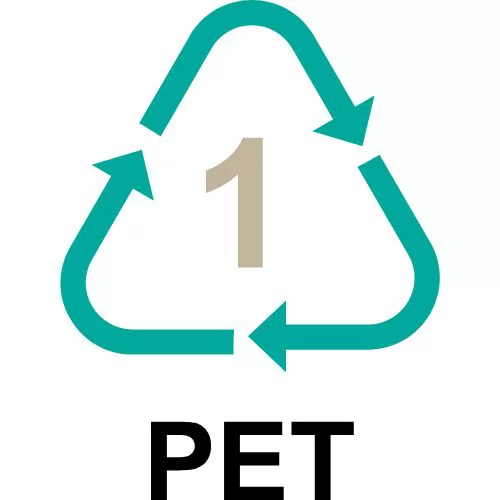
This is one of the most commonly used plastics, especially for single-use bottles and food containers.
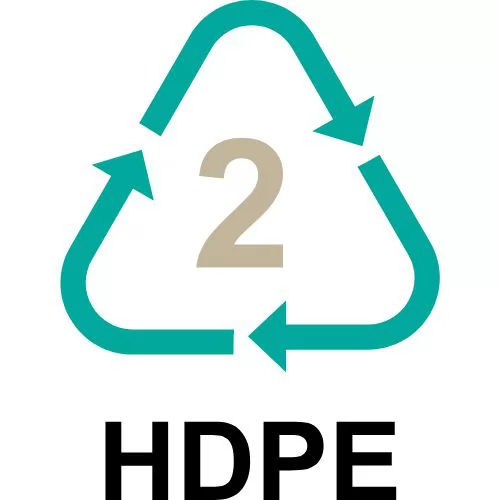
HDPE is known for being tough and resistant to moisture and chemicals.
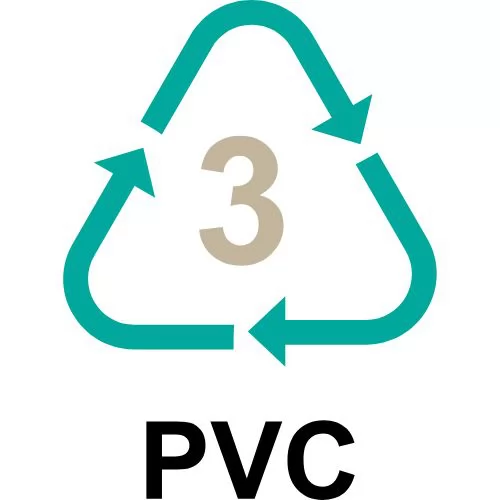
Often used in construction and household products.
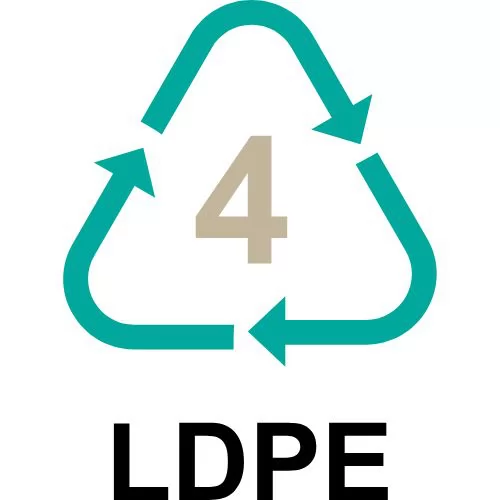
Flexible and lightweight, but not always recyclable.
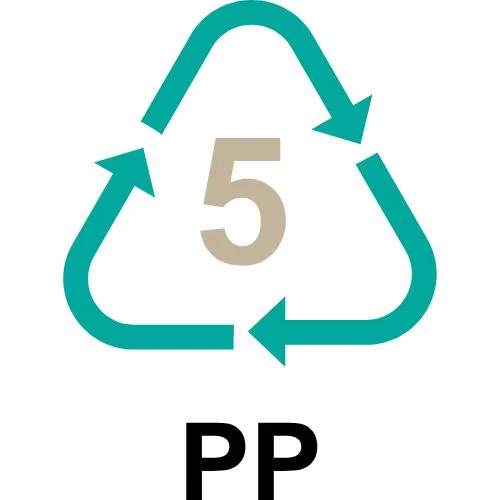
A heat-resistant plastic gaining traction in food-safe packaging.
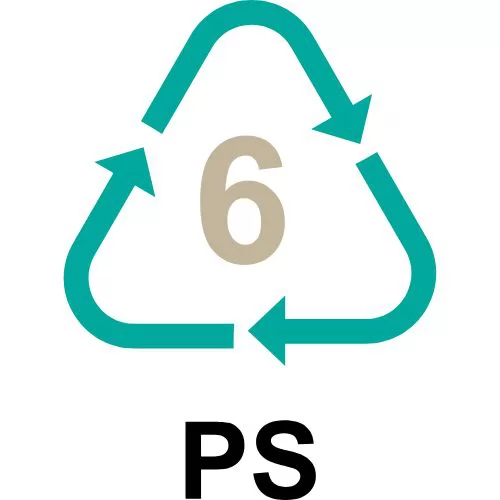
Commonly known as Styrofoam, it poses significant health and environmental risks.

A catch-all category for plastics that don’t fit in 1–6, including polycarbonate and BPA-containing plastics.
Plastics with codes 1, 2, 4, and 5 are generally considered safer for food use. Among them:
Look for products labeled “BPA-free” when buying water bottles, baby products, or food storage containers.
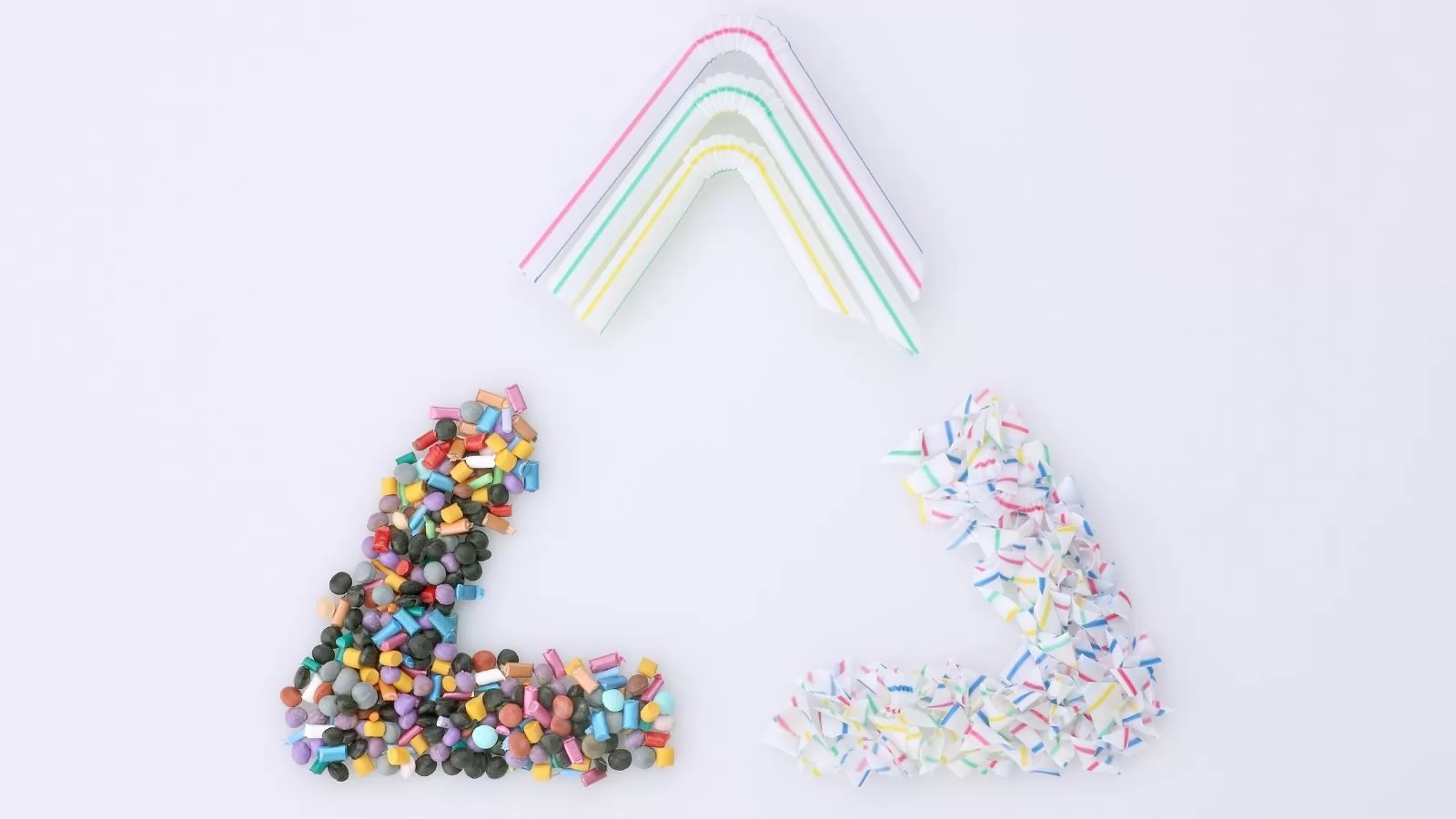
Recognizing recycling codes is simpler than you might think. Most plastic products have a triangle made of three arrows, usually with a number from 1 to 7 inside, often found on:
Knowing where to find and how to read these codes empowers you to sort your waste responsibly and protect your health.
Not all plastics are created equal, and not all of them are easily recyclable. Here's why:
Some plastics have additives, dyes, or layered materials that make them hard to separate during recycling.
If a plastic container is dirty with food residues or oil, it can ruin an entire batch of recyclables.
Many municipalities don't have the facilities to recycle certain plastics like Styrofoam (PS) or multi-layered plastics (#7).
Even if technically recyclable, some plastics aren’t processed because there's no economic incentive to reuse them.
_1751512430_WNo_1600d900.webp)
Improperly disposed plastics have become a global crisis. Each year, millions of tons of plastic waste end up in oceans, rivers, and landfills.
Reducing plastic use and understanding how to dispose of it properly is essential for protecting our planet.
Recycling right goes beyond tossing items into a blue bin. Here’s how to do it more effectively:
|
Item |
Code |
Recyclable? |
|---|---|---|
|
Water bottles |
#1 |
Yes (widely) |
|
Grocery bags |
#4 |
Drop-off only |
|
Styrofoam cups |
#6 |
Rarely accepted |
|
Yogurt containers |
#5 |
Sometimes accepted |
|
Baby bottles |
#7 |
Usually not recycled |
With green marketing on the rise, terms like “biodegradable” and “compostable” often appear on packaging—but what do they really mean?
⚠️Caution: These plastics are not recyclable and shouldn’t go into your curbside bin.
Different countries and even cities have unique rules about plastic labeling and recycling practices.
|
Country |
Labeling Law |
Enforced By |
|---|---|---|
|
USA |
SPI Code System + FTC Green Guides |
Federal Trade Commission (FTC) |
|
European Union |
Mandatory eco-labeling + EPR programs |
EU Commission |
|
Canada |
Provincial recycling codes + Recycle BC |
Environment Canada |
|
Japan |
PET bottle-specific recycling rules |
METI |
Policies like Extended Producer Responsibility (EPR) are gaining popularity, making manufacturers responsible for the entire lifecycle of their products.
Each time you make a purchase, you cast a vote for the kind of world you want. Here’s how you can help:
❌Single-use cutlery
❌Plastic straws
❌Foam takeout containers
❌Bottled water (where tap water is safe)
By switching to better alternatives, you reduce demand for low-grade plastics and promote sustainability.
Q1. Are all plastics with recycling codes recyclable?
Not necessarily. The code shows the type of plastic, but local facilities may not accept them all.
Q2. What’s the most environmentally friendly plastic?
HDPE (#2) and PP (#5) are safer and more commonly recycled.
Q3. What do I do with plastics that aren’t recyclable?
Try to reuse, repurpose, or dispose of them properly in landfill bins.
Q4. Is it safe to reuse plastic water bottles?
Only PET (#1) bottles a few times. For long-term use, switch to stainless steel or glass.
Q5. Can black plastic be recycled?
Rarely. It’s hard for recycling machines to detect due to its color.
Q6. What is BPA and why is it bad?
Bisphenol A is a chemical found in some plastics (#7) that may disrupt hormones.
Understanding the meaning behind recycling codes: a complete plastic number guide is more than trivia—it's a tool for making smarter, safer, and more eco-conscious decisions. By learning what each number stands for, how it impacts your health, and whether it’s recyclable, you take a meaningful step toward a greener planet.
Whether you're sorting your trash, choosing safer plastics for your family, or influencing change through your purchasing habits, remember: knowledge is power—and action is impact.
Discover this amazing content and share it with your network!
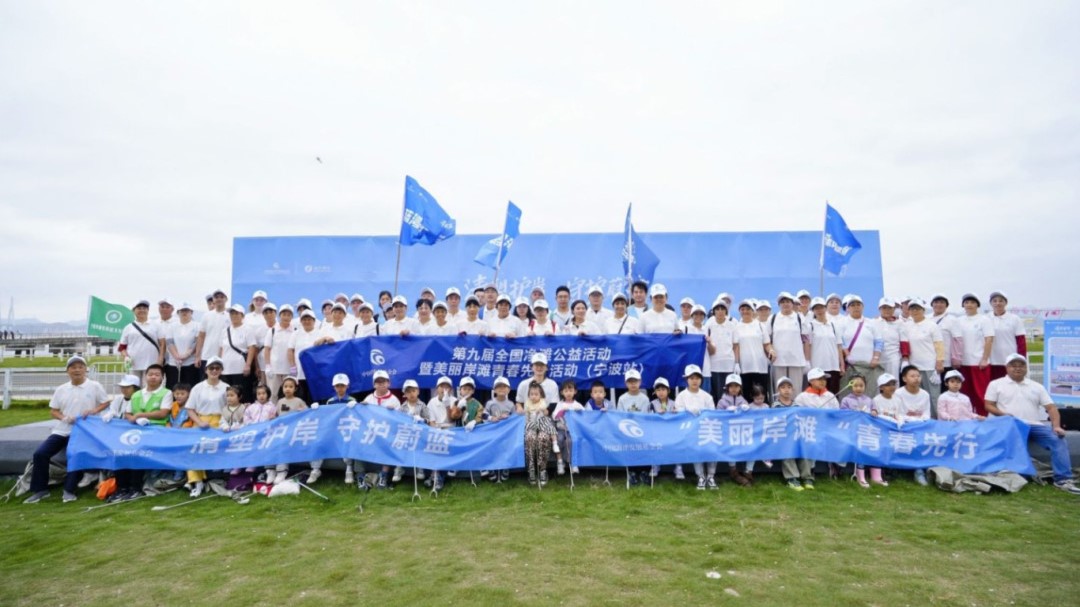
Discover the successful Ningbo session of the 9th National Coastal Cleanup Campaign. Families, youth, and eco-teams united to protect the ocean, advocate recycling, and promote sustainable coastal action.

Explore recycled AS pellets: transparent, BPA-free, high-performance sustainable plastic for consumer goods, packaging, electronics, and automotive applications.
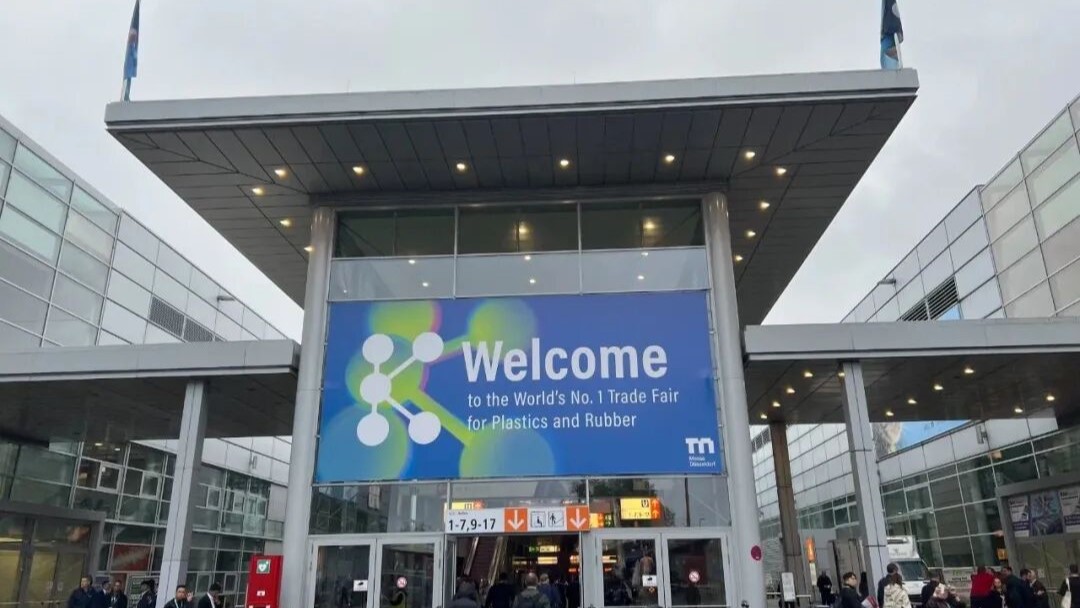
Topcentral® joined China’s national delegation at K 2025 Düsseldorf to promote sustainable polymer innovation and global circular economy collaboration.

